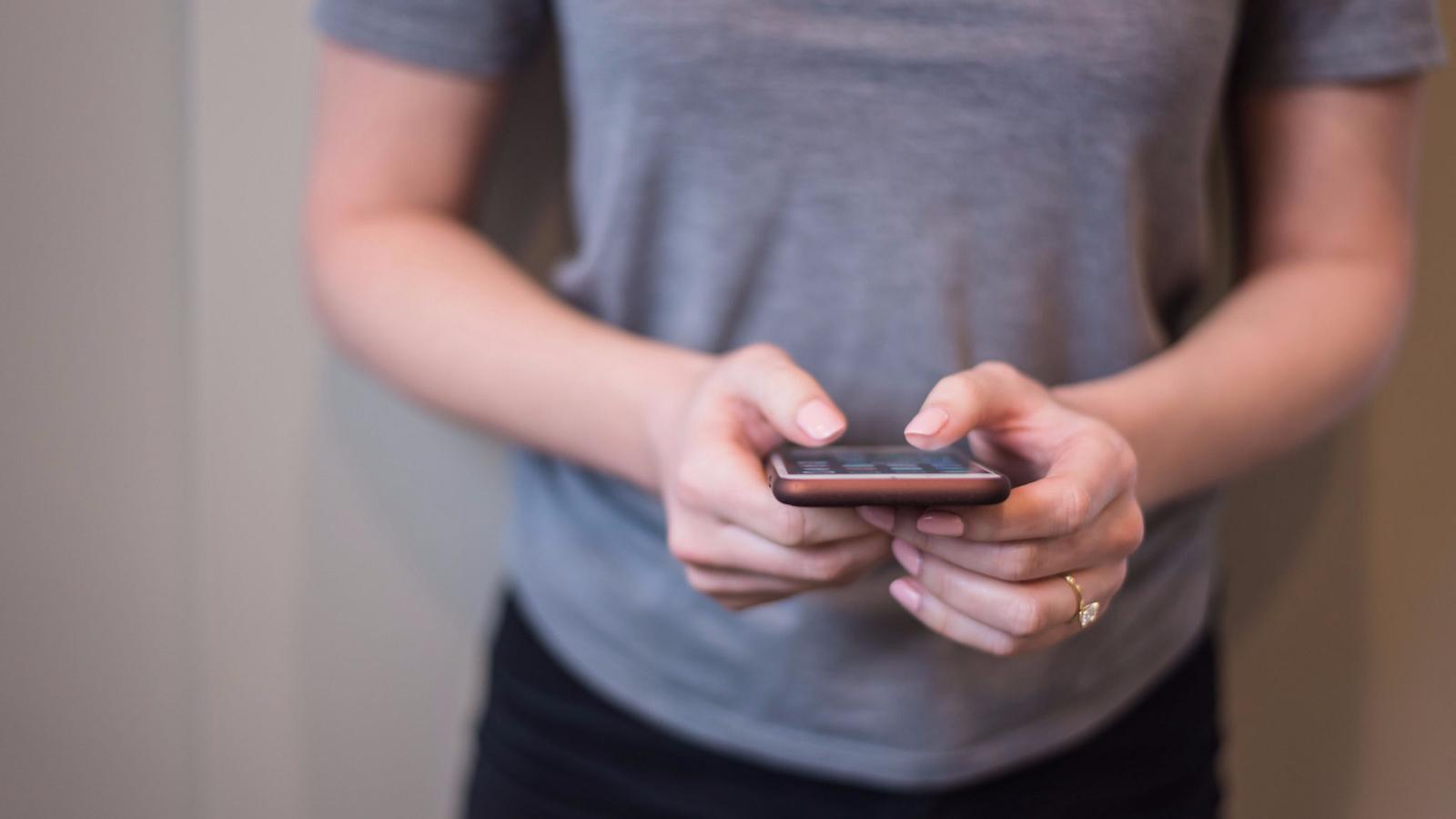A California public health report suggests that cellphone exposure is bad for us — but the scientific community isn’t so sure
Most Americans are never too far from their cell phones. To date, there has been no evidence of harmful radiation effects from the collective scientific community in spite of a recent report from California.
Many of us have our cellphones within an arm’s reach at all times. It’s either in a pocket or a purse or maybe just a few inches from our face on a daily basis. Given how tethered we are to these devices, scientists have been studying any possible health maladies that could result from cellphone exposure — radiation amounts, in particular.
Although the larger scientific community has not produced any strong evidence to suggest that continual exposure to cellphones is harmful, the California Department of Public Health recently issued guidelines for how to reduce exposure to radio frequency energy emitted from the handheld devices.
According to the CDPH report, about 95 percent of Americans own cellphones, with 12 percent relying on them for everyday internet access. The report also states that the average age at which a person first gets a cellphone is 10 years old.
To minimize any negative effects, the public health report suggests keeping the phone away from one’s body, reducing cellphone use when there is a weak signal, limiting the amount of downloaded or uploaded audio or video files, storing the phone away from the bed at night, removing headsets when not on a call and avoiding products that claim to block radio frequency energy. The CDPH says that these products may actually increase one’s exposure to the potentially harmful emissions.
“The fact that they issued guidelines saying, 'Here’s how to reduce your cellphone exposure,' seems to indicate that cellphone exposure is a problem,” says Sophie Bushwick, senior editor for Popular Science. “Whereas in reality, I think the scientific consensus right now is they haven’t found a strong connection between exposure to cellphone radiation and brain cancer or other health problems, but they have said that we need to keep studying this issue in the long term.”
“I think that for that reason, the guidelines are a little misguided because it’s creating a lot of fear around an issue that we’re not sure people actually need to be afraid of,” Bushwick says.
Instead of worrying about radiation, Bushwick suggests that the public centers its collective attention on the biggest known health hazard surrounding cellphones: texting and driving.
“Texting and driving has killed and will kill far more people than brain cancer caused by cellphone radiation,” she says, “so I think that if people are trying to find an issue to worry about then that's what they should be focusing on.”
This article is based on an interview that aired on PRI’s Science Friday with Ira Flatow.
Our coverage reaches millions each week, but only a small fraction of listeners contribute to sustain our program. We still need 224 more people to donate $100 or $10/monthly to unlock our $67,000 match. Will you help us get there today?
